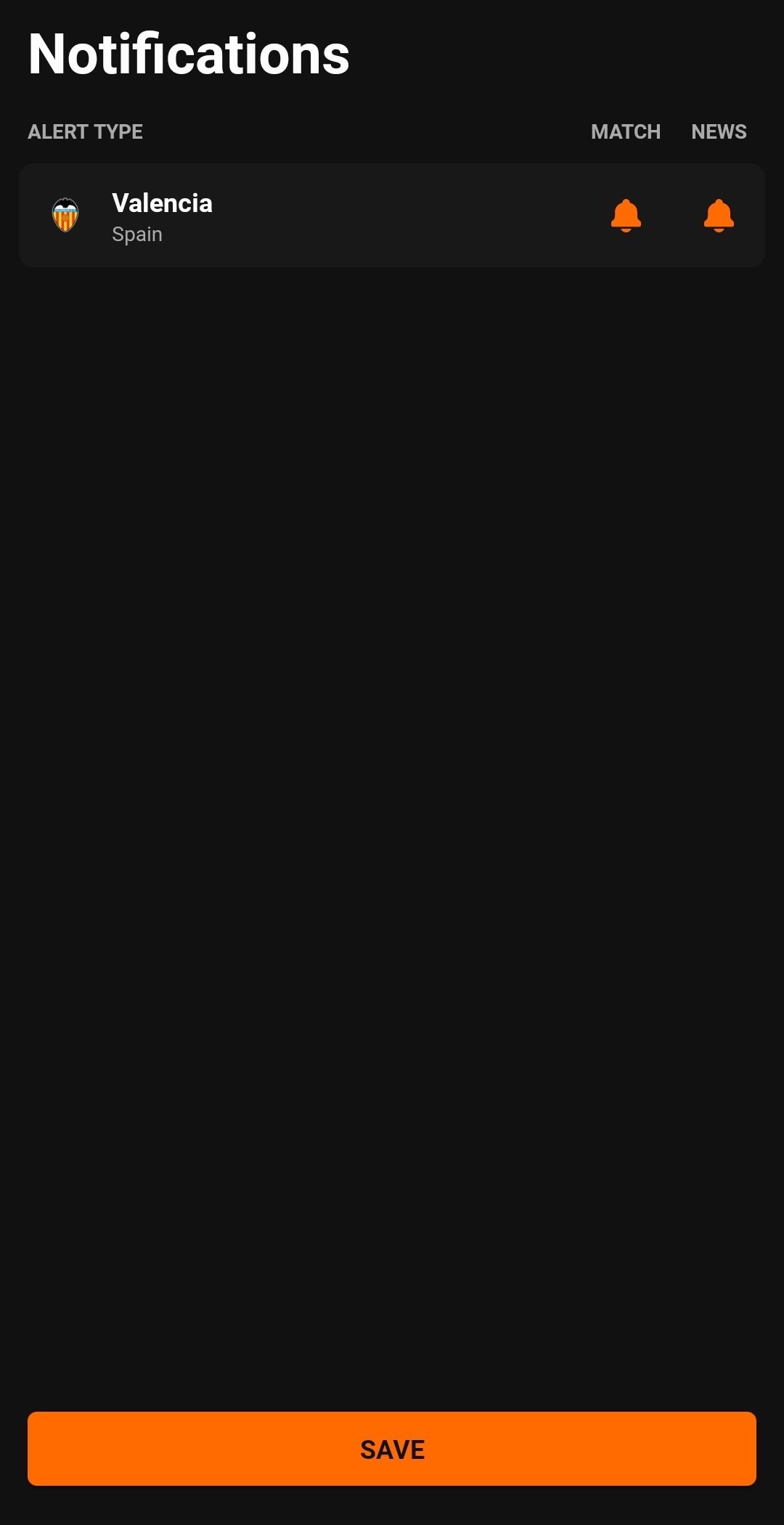
- #HOW TO USE MYSQL ON MAC MAC OS X#
- #HOW TO USE MYSQL ON MAC INSTALL#
- #HOW TO USE MYSQL ON MAC FULL#
- #HOW TO USE MYSQL ON MAC CODE#
usr/include/sys/types.h:92: error: duplicate 'unsigned'
#HOW TO USE MYSQL ON MAC CODE#
Please follow these exact instructions because the source code won’t compile out of the box and will give you the following error when trying to build it: Get MySQL-python-1.2.2.tar.gz from SourceForge.
#HOW TO USE MYSQL ON MAC MAC OS X#
Choose the one for x86 and Mac OS X 10.4.
#HOW TO USE MYSQL ON MAC INSTALL#
You can install MySQL by grabbing and running one of the packages that are available on the official site. I would normally recommend PostgreSQL, at least until we have DB2 on Mac, but I realize that many of you use and prefer MySQL, which also seems to be the only one that requires special instructions due to a few installation issues when trying to get MySQL and Python to work together. Alternatively, you could just create a symlink to the utility django-admin.py in /usr/bin, but I recommend the former approach. In case you are using the bash shell (as I do) then you should have a. How you go about doing this, depends on the shell you are using, and I’m assuming you are able to export a shell variable on your own. Users/Antonio/Code/django_trunk/django/bin We need therefore to add the following to the PATH (again, change it to your own location): The bin directory within the django folder (which is inside django_trunk itself) contains several management utilities.
#HOW TO USE MYSQL ON MAC FULL#
Of course, change it to the full path location of the directory on your filesystem. Within this file, place only one line containing the path to your django_trunk folder. Library/Python/2.5/site-packages/django.pth What you need to do is inform Python about the location of your django_trunk directory. You can verify this by running python in the Terminal (use exit() to get out of the python shell). Mac OS X 10.5 already ships with Python 2.5.1, thus you won’t have to install it. The development code is also rather stable and used by most people in production mode, even for sites like the Washington Post.

The reason for this is that the trunk version implements a few new features. MacPorts is not required for this how-to.įirst and foremost, we are going to install Django from its svn repository, as opposed to obtaining the 0.96 release archive. I’m writing about this for the benefit of those of you who may attempt and struggle with this feat. See Section 2.7, “Installation Layouts”.Installing Django on Mac OS X Leopard is supposed to be very straightforward, but if you are new to it, you may encounter a few puzzling questions and, in the case of MySQL, even a couple of headaches.

The MySQL socket file is created as /tmp/ mysql. The installation layout is similar to that of a tar file binary distribution all MySQL binaries are located in the directory /usr/local/ mysql/bin.


 0 kommentar(er)
0 kommentar(er)
